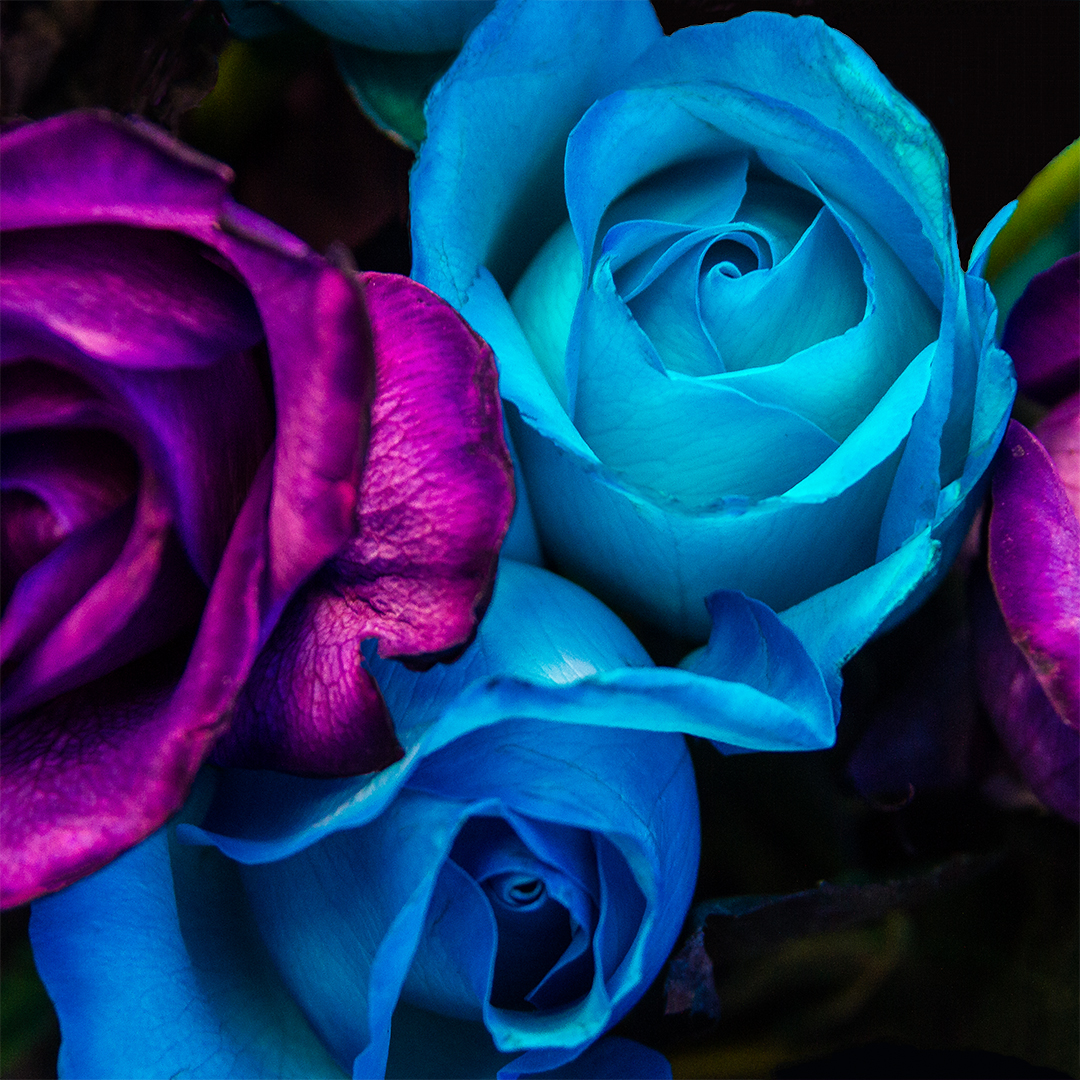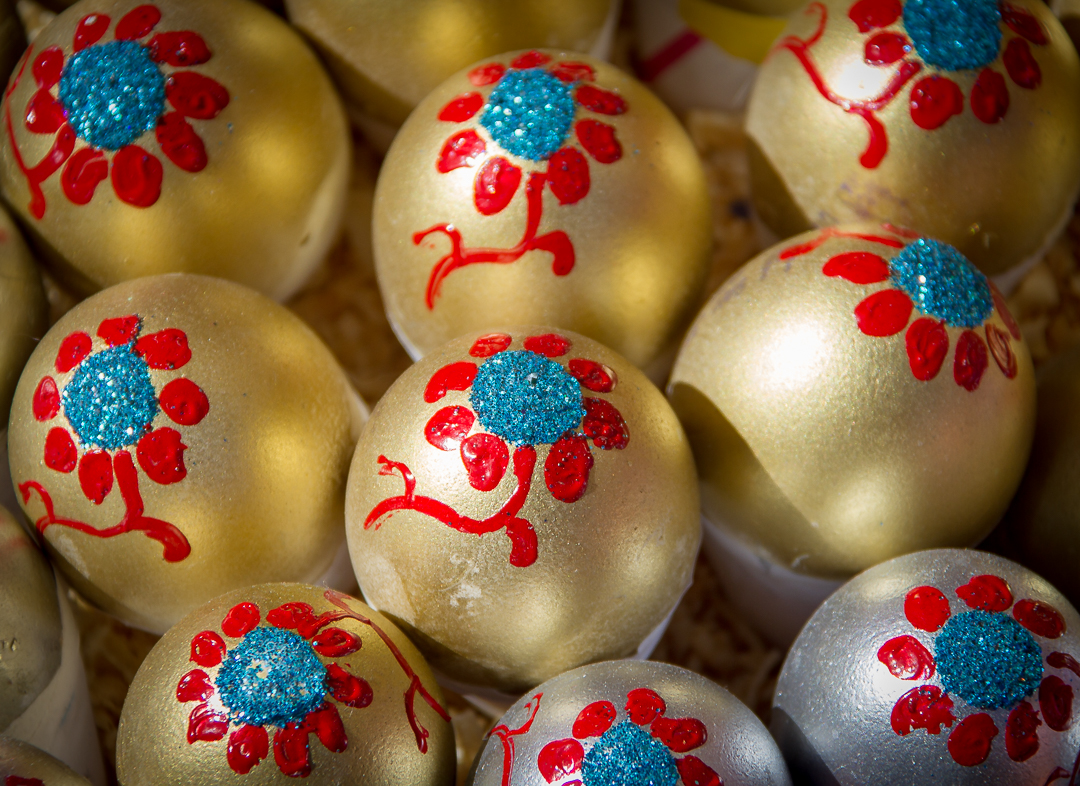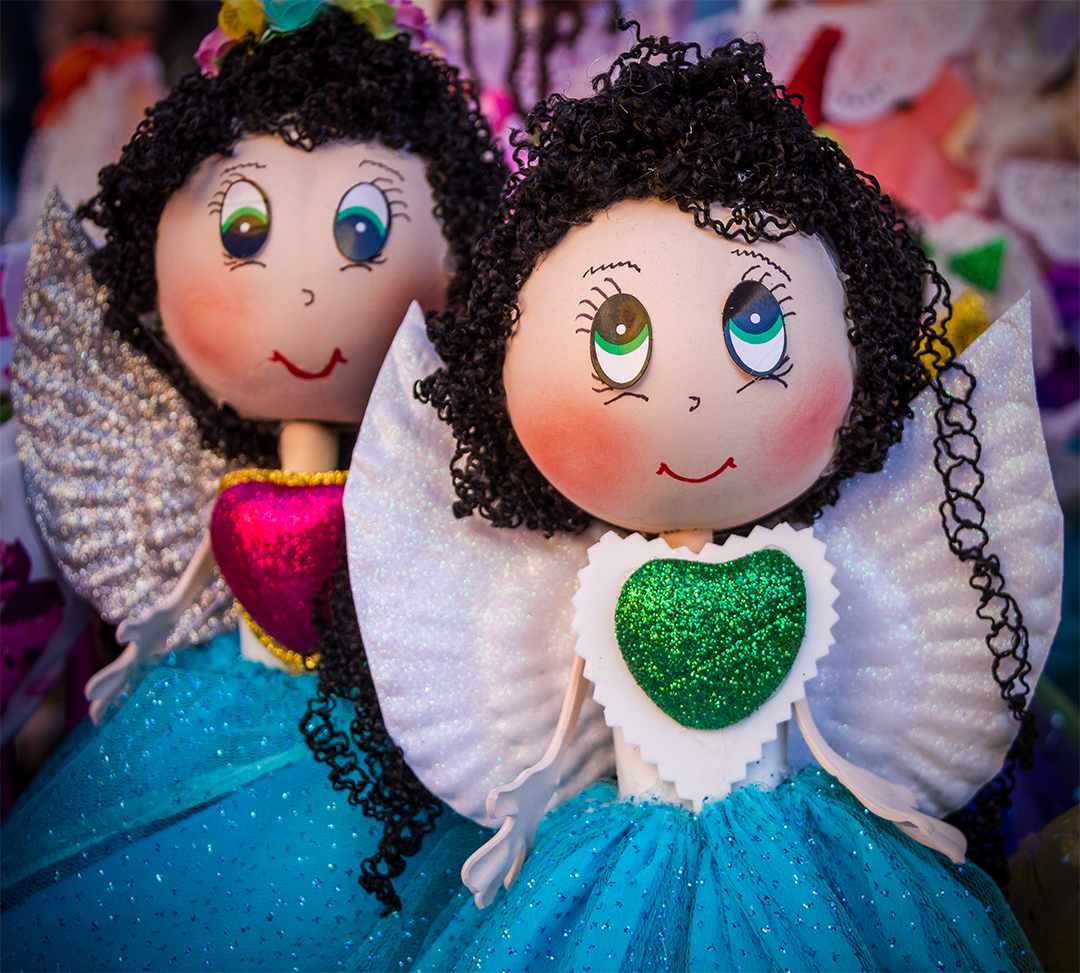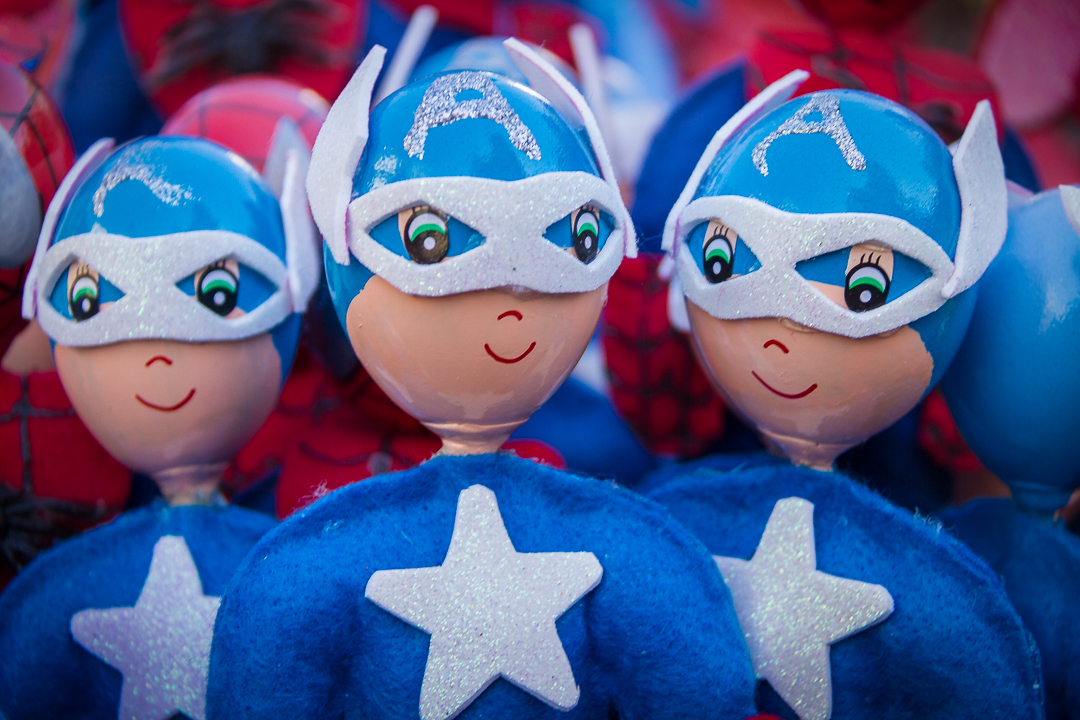Guanajuato City, Mexico kicks off Semana Santa (Christian Holy Week) with a very non-traditional observation of Viernes de Dolores (Friday of Sorrows) — the Friday before Palm Sunday. In Catholic circles, the somber day is a recognition of the emotional pain and suffering that Mary — the mother of Jesus — endured throughout the trials and Passion of her son.
To this day, townsfolk construct elaborate altars in tribute to Mary within their homes and businesses. Adorned with icons of the Virgin, these shrines are impassioned examples of religious piety and devotion. Constructed early Friday morning, swaths of purple cloth, candles, freshly-sprouted grasses and masses of flowers grace these very personal memorials.
And yet, over the years, this somber ritual has been transformed into a joyous celebration of love and life; color and laughter (at least here in Guanajuato).
This "Friday of Sorrows" is now the magical El Día de las Flores (Flower Day). That which was solemn and sacred is now a festive celebration with unbridled elements of Christianity, commerce, flirtatious courtship, and a dash of paganism. In essence, the rites of spring.
Traditionally, flower sellers converged on the city’s central square, el Jardin de la Unión—a lush, tree-ringed plaza with a fountain and bandstand—to sell flowers to locals constructing their altars to the grieving Mary.
Over time, this makeshift flower market became quite the social scene, attracting teenagers who were more interested in romantic dalliances than in decorating hallowed shrines. With readily available flowers, boys would buy and offer blossoms to pretty girls who caught their eyes.
Eventually, a new ritual emerged: Boys and girls would line up in single-sex files, marking circuits around the permitter of the plaza. The boys’ line would travel clockwise; the girls’, counter-clockwise — akin to a Reconstruction Era cakewalk. When a boy encountered his muse, he would present her with a flower; the girls, in turn, would offer a kiss on her beau’s cheek.
Sadly, that charming tradition has vanished today. But while the sacred traditions of Viernes de Dolores have endured amongst the faithful, the day has clearly been usurped by El Día de las Flores. Romance is in the air. Think of it as Valentine's Day, Part II.
Couples clog the streets. Men buy their sweethearts opulent bouquets. And flower vendors, eager to make a buck, hawk exquisite blooms — cut, potted, and artificial.
Similarly, local artisans are de facto Easter Bunnies, selling baskets of hand-blown eggs filled with multi-colored confetti. Children of all ages run helter-skelter, cracking confetti-filled eggs over friends’ heads. Street sweepers valiantly try to keep the colorful, buckshot-filled streets tidy.
And artists peddle handmade puppets on sticks, the heads of which are also constructed from hand-blown eggs. Dressed in miniaturized costumes and adorned with fur and feathers, these dolls thematically range from animals to superheroes; and princesses to pop culture icons.




























